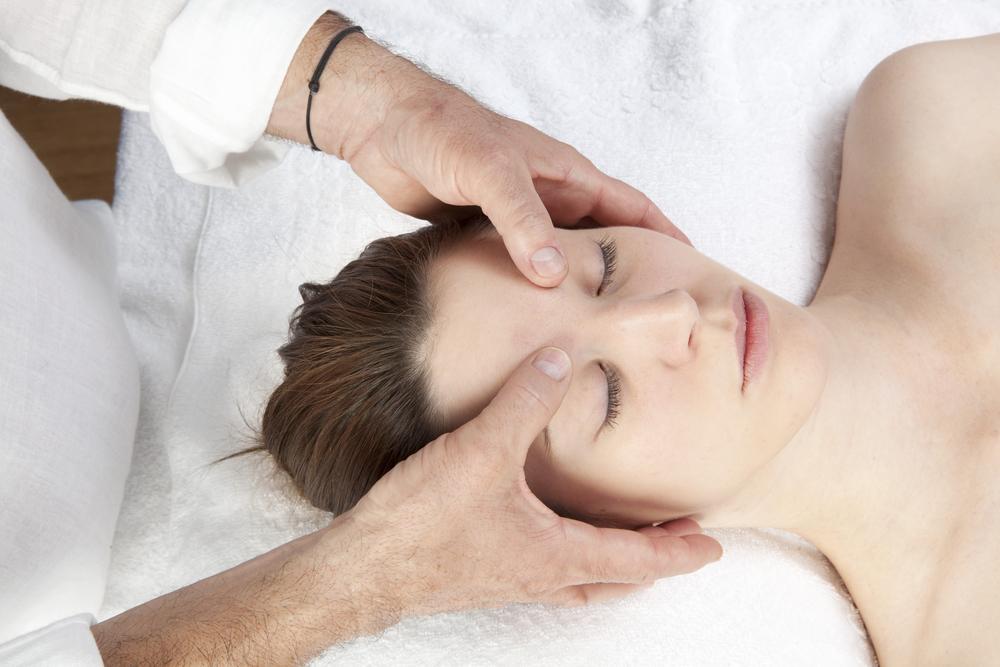Advanced Botox Strategies for Managing Chronic Migraines
Discover effective Botox therapies for chronic migraines with this comprehensive guide. Learn about the treatment process, benefits, side effects, and expert recommendations for managing persistent headaches. This scientifically supported approach offers migraine prevention and relief lasting up to four months, making it a valuable option for sufferers seeking long-term health improvements. Consult a specialist to determine if Botox is right for you and experience a significant reduction in migraine frequency and severity.

Advanced Botox Strategies for Managing Chronic Migraines
Botox, a neurotoxin-based treatment, is medically approved to help adults suffering from persistent migraines by preventing headache episodes. It is recommended for individuals experiencing headaches at least 15 days per month, with each lasting over four hours. Continue reading to discover how Botox therapy can significantly alleviate migraine symptoms and improve quality of life.
Key Insights About Botox for Migraine Prevention
Botox is the first FDA-approved option aimed at preventing chronic migraines. The treatment involves injections every 12 weeks to reduce the frequency and severity of headaches.
The process involves administering 30 to 40 injections, targeting specific areas around the head, neck, and shoulders. Patients typically receive 31 injections in total, each feeling like a small pinprick. The most discomfort is often experienced around the forehead. Each session lasts about 15 minutes and is scheduled every three months. If certain areas cause intense pain, additional shots may be administered. Improvements often appear within 2-3 weeks post-treatment, though some side effects like fatigue or slight movement loss may occur.
Common side effects include rash, itching, back pain, lung inflammation, muscle stiffness, swallowing and breathing difficulties, as well as gastrointestinal issues like nausea and stomach pain.
Benefits of Botox for Severe Migraines
Reduces migraine frequency, nausea, vomiting, and sensitivities to light, sound, and smell.
Prevents migraines before symptoms start, offering proactive relief.
Decreases the severity and duration of attacks.
Provides relief lasting three to four months per treatment.
Minimally invasive and relatively pain-free.
Helps reduce excessive sweating during migraines.
May relieve eye twitching associated with migraines.
Facilitates relaxation of brow muscles.
Can be effective in treating Bell's palsy symptoms.
Individuals interested in this treatment should consult qualified neurology or headache specialists. It’s important to seek medical advice rather than a cosmetic surgeon, as proper diagnosis and treatment planning are essential.
Note:
This site offers varied information on health and wellness topics. The content is intended for educational purposes and should not replace professional medical advice. Users are encouraged to verify details with healthcare providers and consider that some offers or schemes might differ from available options elsewhere.










